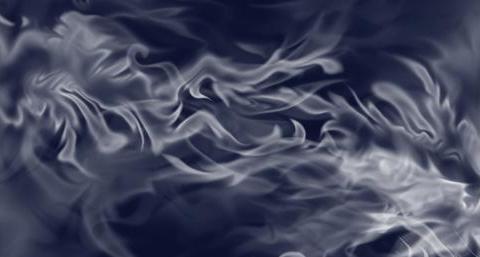With Higgs Found, Scientists Turn Their Gaze to Dark Matter

What’s the Latest Development?
University of Michigan scientists have detected new threads of dark matter binding together two groups of galaxies called Abell 222 and Abell 223. “They were able to do so by looking at the distorting effect the thread’s gravity has on light emitted by galaxies behind it. Measuring these distortions allowed the researchers to work out both the thread’s shape and its mass (about 60 trillion times the mass of the sun).” Meanwhile, scientists on Earth are preparing the Large Hadron Collider, which recently discovered evidence of the Higgs boson, to create individual particles of dark matter.
What’s the Big Idea?
Because dark matter does not interact with the electromagnetic field, it is invisible to light, meaning that any optical detection, even with fine-tuned instruments, is impossible. Yet scientists have detected gravitational interaction. Complicating matters further, however, both dark matter and ordinary matter are affected by gravity, causing them to cluster together. “Models of the evolution of the universe suggest, though, that this clustering is secondary. The young universe was first filled with a lattice of threads of dark matter, then the visible stuff gathered around these threads and formed the galaxies familiar today.”
Photo credit: Shutterstock.com





